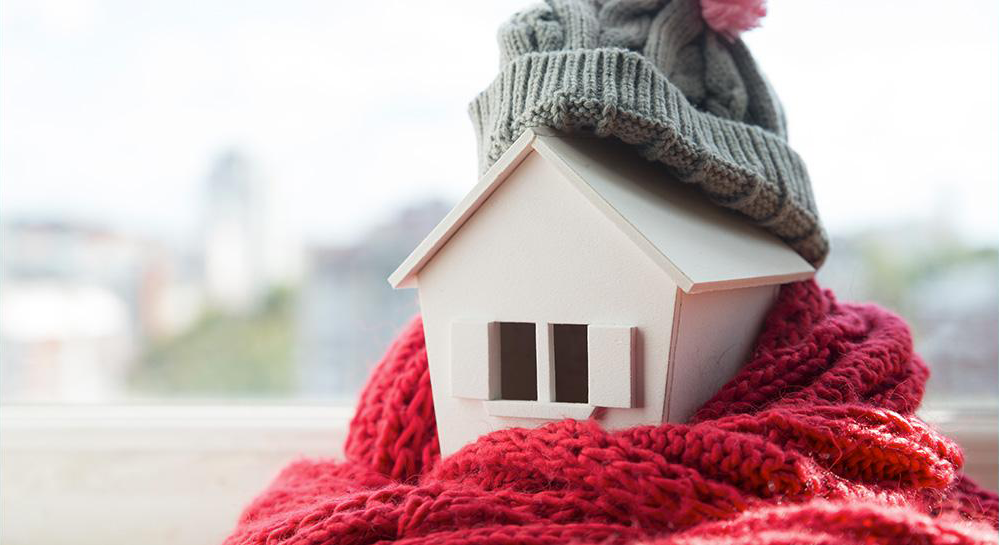Preparing your home for winter can be a daunting task. Starting early and taking time between jobs will make it much more manageable. Your efforts will keep out the cold, keep money in your pocket through energy savings and keep your home running efficiently.
Here are six ways to winterize your home this season so that it’s ready when cold weather sets in.
Maintain machines and appliances
Regular fall furnace and ventilation system maintenance by a professional can help prevent emergency calls when temperatures drop.
For better indoor air quality, have your ductwork cleaned before the winter season begins. Outdoor air conditioning units should be covered properly and disconnected from power sources during the off-season.
Properly maintain your yard tools by draining fuel from your lawn mower, water from your pressure washer, and completing a maintenance check on your snowblower. This will prolong their lifespan and ensure they work efficiently when you need them.
Before the cold months hit, be sure to top up your supply of wood, oil or propane if you heat your home with these fuels.
Seal windows, doors,decks and concrete and other openings in your home.
Cracks in caulking or weather stripping around windows and doors can cause cold air and moisture to seep into your home, damaging window sills and causing mildew, mold and significant heat loss. Repair and replace what is necessary, and cover older windows with protective window film until they can be replaced.
Deck, driveway and concrete surfaces are not impermeable. Apply proper sealants or stains before ice and snow arrive. This will save you from major repairs or full replacements.
Outside water
Before draining your pipes or disconnecting hoses, always turn off the outside water supply. Leaving the water on during winter can cause pipes to burst and flood your property. If you haven’t already, consider insulating your pipes by wrapping them in heat tape or foam insulation.
Check your gutters
Make sure that your gutters are in good condition and properly secured to your home. Clear out debris, such as leaves and twigs, to allow snow to melt and drain easily. Point the downspout away from your home so water flows away from your property, preventing flooding and water damage.
Maintain the attic
To reduce heat loss from your home, determine the R-Value of your attic insulation and add more to areas not properly insulated or completely replace the insulation if needed. For added warmth and energy efficiency, you can add insulation to your garage doors and basement.
Pests, such as birds and rodents, can damage your home and threaten your health. To safeguard your attic from these pests during winter months, check for access points, place screens under vents to prevent entry, and pest control if you suspect an infestation.
Inspect your smoke detectors
It is important to inspect your smoke and carbon monoxide detectors monthly. Replace batteries, clean them when necessary, and install smart home devices that monitor these devices continuously.
If you take the time to prepare your home when fall rolls around, you’ll be in better shape for those cold winter nights. When it comes to winterizing your home, just as with any other project, doing some research up front can save time and money down the road.


